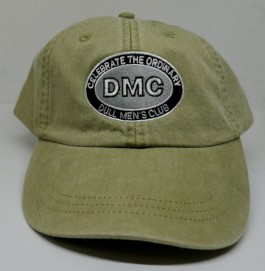May 27, 1930 — U.S. patent for Scotch Tape received

Richard Gurley Drew, the inventor of Scotch tape, received a patent for his invention on May 27, 1930.
Why called “Scotch” tape? (It’s “Sellotape” in the U.K.)
The name comes from “Scotch” meaning frugal — stingy — in the U.S.
Drew, originally a professional banjo player, began working for 3M in St. Paul Minnesota, in 1923. 3M made sandpaper. They were developing a new sandpaper for auto body shops. Drew noticed the shops were having difficulties keeping the two colors separate when painting two-tone paint jobs. He invented masking tape.
The tape originally had adhesive only on the edges, not in the middle. It did not adhere well. A customer complained saying, “”Take this tape back to those Scotch bosses of yours and tell them to put more adhesive on it.”
That was in 1925. Five years later, Drew invented a similar tape using transparent cellulose. This tape took on the name Scotch tape.
3M started commercial manufacturing of Drew’s new invention in 1930 — continues to do so to this day — “has been on a role since 1930” [should 3M enter the Pun-Off in Austin?]








